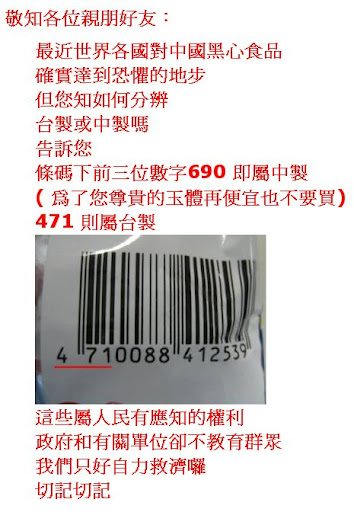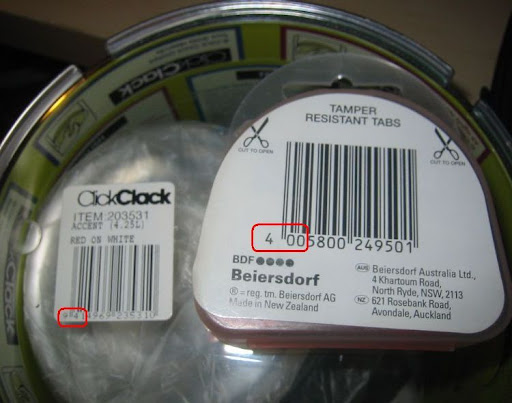Michael over the "The view from Taiwan" has an article "Media Management (in)Eptitude" in which he cited an article on Taipei Times KMT starts English, Japanese `news service' regarding the new Kuomintang News Network (KNN) launched by KMT. According to Stephen Chen (陳錫蕃), a KMT think tank member and former (KMT government) representative to the US, one of the main functions of KNN is:
help to counter the biased reports of pro-green English [language] newspapers
and with KNN they will :
provide recent poll results, news analysis from the KMT think tank and selected party news every day
and
take a more aggressive approach to promote itself internationally through the sites
It's interesting to see such an action from KMT. For a long time some Taiwan-based English bloggers (see
Michael's blog and the blogs he links to) have been commenting heavily about how major foreign media like CNN, BBC, etc play the role of Chinese propaganda trumpet by reporting biased Taiwan news in favor of pro-china pan-blue (like KMT). Now KMT is saying that they are the victim?
Knowing that twisting the fact is not something new in KMT culture, I am curious to see how "their" recent poll results would say. It didn't take me too long before I spot a twisting fact on their site. On the second poll I checked, regarding an
identity poll conducted by Eva TV, on July 19, 2007, KNN puts up a link to a
Word file containing the poll results.
Obviously that's what KNN did on all the poll results showing on their site. But on that particular identity poll mentioned above, they added an extra remark:
 |
Preposterous remark made by KNN. Click to see the full page. (original link)
|
Can anyone tell me what exactly they are saying? I read it back and forth couple of times but still unable to follow its logic. Not only does it contradict itself in such a short paragraph (in the first half it says no “Both Taiwanese and Chinese” option was given but in the second half it says some respondents were able to choose “Both Taiwanese and Chinese”), but also the logic is completely preposterous -- how come an omission of the "Both" option
naturally shows a high percentage of “Taiwanese Only” ? If that is "naturally shown," doesn't it already mean that in deed more people in Taiwan identify themselves as Taiwanese?
Even worse, what it says about the wording is not the fact at all ! Simply bringing out the word file of that identity poll, you will be able to find this table:
 |
| Poll result. KMT says the poll didn't offer "Both Taiwanese and Chinese" as an option. Do they think all readers are blind ? (click for larger image, or click here to download the original word file) |
Not only does KNN lie about the "Both" option, but also, they attached "only" to "Taiwanese" and "Chinese" options shown in the original poll, such that the original 3 options "
Taiwanese, Chinese, Both" was twisted into a 2-option "
Taiwanese Only, Chinese Only" in their remark.
You must be amazed by such an desperate, low-wit trick KNN pulled up. The fact is there, right under their nose, yet they try to put up a twisted facade to cheat on people who don't have time for details. Whoever is willing to spend just two more minutes to dig into the Word file will be able to tear their lies apart right on their own page.
Talking about the "wording," who is the real genius here ? Is this what they called "more aggressive approach" ? I feel sympathetic for these poor souls ...




